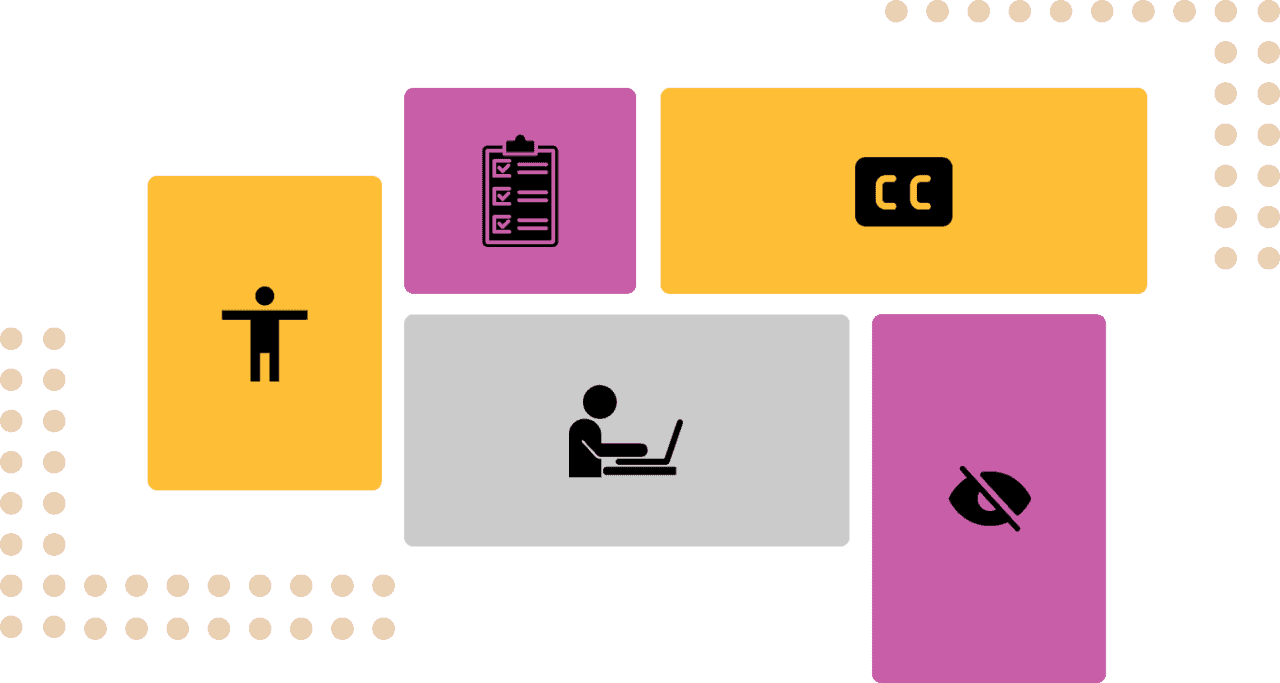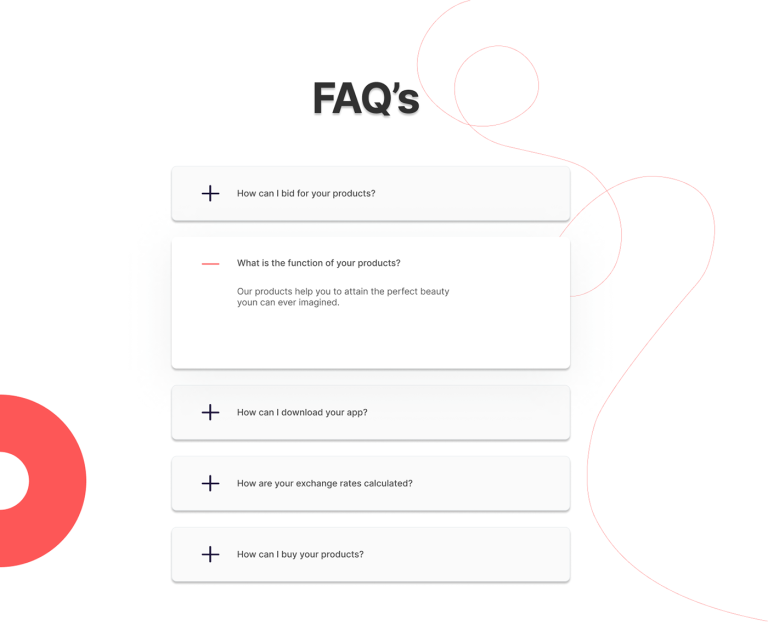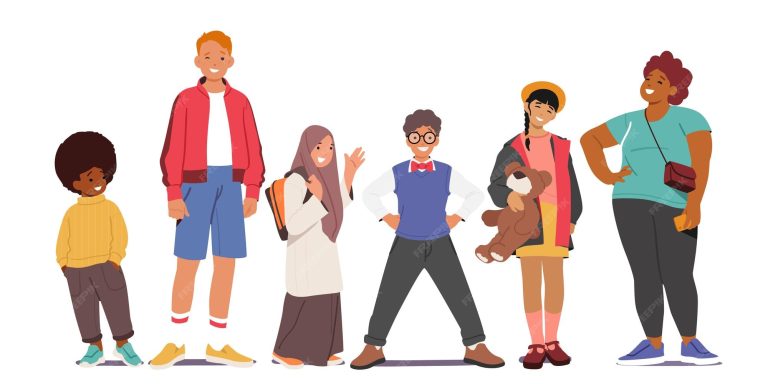
In the digital age, accessibility is no longer a nice-to-have—it’s a necessity. As more people rely on the internet for work, education, and daily life, ensuring that websites and digital content are accessible to everyone, including those with disabilities, has become a critical priority. This is where WCAG 2.2 Compliance comes into play. The Web Content Accessibility Guidelines (WCAG) provide a framework for making digital experiences inclusive, and version 2.2 represents the latest evolution in these standards.
WCAG 2.2 builds on the foundational principles of POUR—Perceivable, Operable, Understandable, and Robust—that have guided web accessibility since WCAG 2.0. These principles ensure that users can access, interact with, and understand digital content regardless of their abilities or the technologies they use. By meeting WCAG 2.2 compliance, organizations not only enhance user experience but also align with legal and ethical standards that promote inclusivity.
In this article, we’ll explore what WCAG 2.2 compliance entails, why it matters, and how to implement it effectively. Whether you’re a developer, designer, or business owner, understanding and applying these guidelines can make your digital presence more equitable and accessible for all users.
What Is WCAG 2.2 and Why It Matters
WCAG 2.2 is the most recent version of the Web Content Accessibility Guidelines, developed by the World Wide Web Consortium (W3C). It expands on previous versions, particularly WCAG 2.1, by addressing new challenges and opportunities in digital accessibility. While WCAG itself isn’t a law, it serves as the gold standard for accessibility in many jurisdictions, including the United States, where it’s often referenced in legal cases involving the Americans with Disabilities Act (ADA).
The core of WCAG 2.2 lies in the POUR principles, which ensure that digital content is:
- Perceivable: Users can perceive information through one or more senses.
- Operable: Users can navigate and interact with content.
- Understandable: Information and operation are clear and predictable.
- Robust: Content is compatible with current and future technologies.
These principles form the backbone of an inclusive web, enabling users with visual, auditory, motor, and cognitive disabilities to engage fully with digital content.
How WCAG 2.2 Impacts SEO Performance
While WCAG 2.2 primarily focuses on accessibility, its impact extends beyond usability and into the realm of search engine optimization (SEO). Search engines like Google prioritize websites that offer a better user experience, and accessibility features often align with SEO best practices.
For example:
- Semantic HTML used in WCAG-compliant designs improves crawlability and indexing.
- Proper heading structures and alt text help search engines understand content, boosting visibility.
- Keyboard navigation and responsive design contribute to better mobile performance, which is a key ranking factor.
Moreover, accessible websites tend to have higher dwell time, lower bounce rates, and better engagement metrics, all of which are signals that search engines use to determine relevance and quality. By adhering to WCAG 2.2, you’re not just making your site more inclusive—you’re also enhancing its discoverability and performance.
Step-by-Step Implementation Framework
Implementing WCAG 2.2 compliance doesn’t have to be overwhelming. Here’s a practical, step-by-step approach to get started:
1. Define or Audit the Current Situation
Begin by evaluating your website’s current accessibility status. Use tools like WAVE, Lighthouse, or AXE to identify issues such as missing alt text, poor color contrast, or non-navigable elements. Also, consider conducting user testing with people who have disabilities to gain real-world insights.
2. Apply Tools, Methods, or Tactics
Based on your audit, implement specific fixes. For instance:
– Ensure keyboard navigation works seamlessly.
– Add descriptive alt text to images and icons.
– Improve color contrast to meet the 4.5:1 ratio for normal text.
– Provide transcripts for videos and captions for audio content.
Use semantic HTML to structure content logically, and ensure that all interactive elements are accessible via screen readers.
3. Measure, Analyze, and Optimize
After implementing changes, monitor their impact using analytics tools. Track metrics like bounce rate, time on page, and conversion rates. Regularly revisit your site to ensure ongoing compliance, especially after updates or new content additions.
Real or Hypothetical Case Study
Let’s look at a hypothetical scenario: A mid-sized e-commerce company decides to improve its website’s accessibility by following WCAG 2.2 guidelines.
Before the changes, the site had several issues:
– Poor color contrast on product pages.
– Non-functional keyboard navigation.
– Missing alt text on product images.
After implementing accessibility improvements, the company saw:
– A 20% increase in traffic from users with disabilities.
– A 15% improvement in dwell time.
– A 10% rise in conversion rates due to better usability.
This case study illustrates how accessibility and SEO can go hand-in-hand, leading to measurable business benefits.
Tools and Techniques for WCAG 2.2 Compliance
To achieve WCAG 2.2 compliance, leverage the following tools and techniques:
- WAVE (Web Accessibility Evaluation Tool) – A free tool that identifies accessibility issues on any webpage.
- Lighthouse (Chrome DevTools) – Provides audits for accessibility, performance, and SEO.
- AXE (Accessibility Engine) – A browser extension that helps developers find and fix accessibility problems.
- Color Contrast Checkers – Tools like WebAIM Contrast Checker ensure text and background meet minimum contrast ratios.
- Screen Readers – Test your site using NVDA, JAWS, or VoiceOver to simulate the experience of visually impaired users.
- Keyboard Navigation Testing – Ensure all interactive elements can be accessed and used without a mouse.
By integrating these tools into your development process, you can proactively address accessibility issues before they affect users.
Future Trends and AI Implications
As AI and machine learning continue to shape the digital landscape, the importance of accessibility will only grow. Emerging technologies like voice assistants, AI-driven content generation, and multimodal interfaces require even greater attention to accessibility.
For example, AI-powered chatbots must be designed to work with screen readers, and voice commands should be accessible to users with mobility impairments. Additionally, generative AI tools like SGE (Search Generative Experience) may prioritize content that is both informative and accessible, making WCAG 2.2 compliance a strategic advantage.
Organizations that stay ahead of these trends by embedding accessibility into their AI strategies will not only meet regulatory requirements but also build trust and loyalty among diverse user groups.
Key Takeaways
- WCAG 2.2 compliance ensures digital content is accessible to all users, including those with disabilities.
- The POUR principles (Perceivable, Operable, Understandable, and Robust) guide effective accessibility implementation.
- Accessibility and SEO are closely linked, with accessibility improvements often enhancing search rankings and user engagement.
- Tools like WAVE, Lighthouse, and AXE can help identify and fix accessibility issues.
- Future-proofing your website with WCAG 2.2 compliance prepares you for emerging technologies and AI advancements.
By prioritizing accessibility, you’re not just following guidelines—you’re creating a more inclusive, equitable, and successful digital environment.
Meta Title: Understanding WCAG 2.2 Compliance: How It Meets Accessibility Standards for Inclusivity
Meta Description: Learn how WCAG 2.2 compliance meets accessibility standards for inclusivity, enhances SEO, and ensures digital equity for all users.
SEO Tags (5): WCAG 2.2, Web Accessibility, Inclusive Design, SEO Best Practices, Digital Equity
Internal Link Suggestions: [Parameter #1: Search Intent Alignment], [Parameter #3: Topical Depth & Relevance], [Parameter #7: Semantic Keyword Mapping]
External Source Suggestions: https://www.w3.org/WAI/standards-guidelines/wcag/, https://webaim.org/










